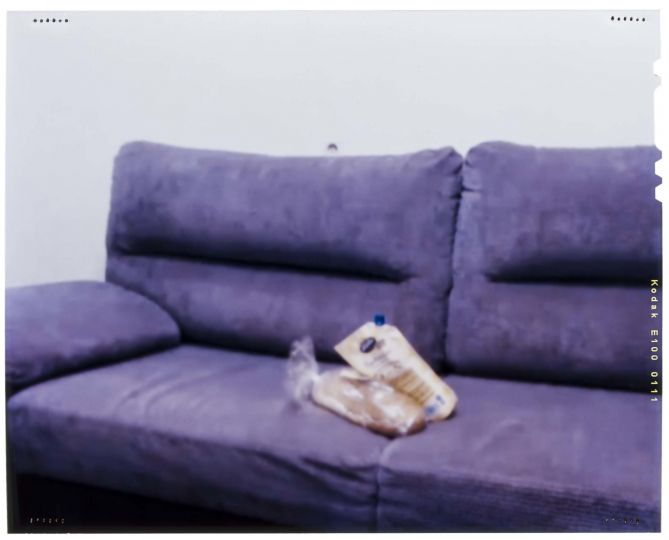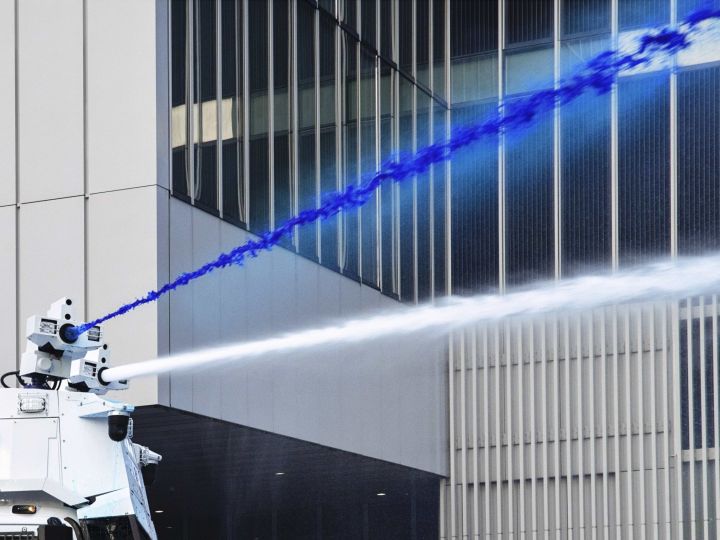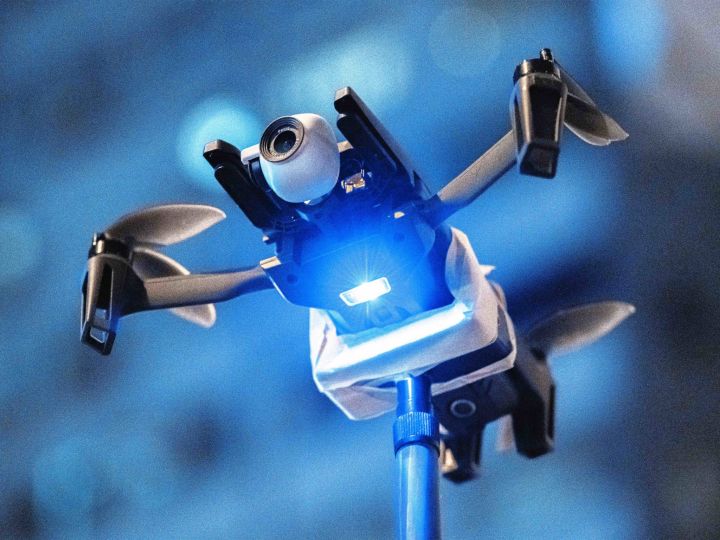The exhibition of the five nominees for the AOYF Human Rights Photography Award 2023 has come to a close at the Centre de la Photographie Genève. We take a look back at the exhibition, which was conceived around the theme of “Human Rights 3.0”, or our relationship with the new technologies in our daily lives.
The Swiss foundation Act On Your Future, whose main aim is to promote human rights, has been awarding a Photography Prize since 2015 to reward the work of photographic artists who are studying or have just graduated. Each year, a human rights theme is chosen and five emerging artists from the Prize’s European partner art schools are selected to exhibit for a month at the Geneva Centre of Photography.
This year, the photographers were invited to work on new technologies versus human rights, and the exhibition of the five selected projects shows the extent to which digital technology, artificial intelligence and all the new technological tools are currently opening up an unlimited field of possibilities. For better or for worse, it remains to be seen…
Luísa Tormenta from ECAL (Lausanne) opens the exhibition with her video installation “Can I hear from you? produced in 2022, a triptych of HD screens displaying written exchanges and moving images in which two figures appear: an avatar created from scratch and the artist’s own deformed body. The two figures seem to be looking for each other’s hands but never touch, and for good reason. It’s a question here of the fragility of relationships forged on the net and the impact that new modes of communication can have on human sensibilities. Luísa Tormenta was inspired by a social network for digital correspondence where users, without ever actually seeing each other or meeting ‘in person’, exchange digital letters and form a purely virtual friendship. It may seem strange to entrust our personal lives to digital tools, but this is exactly what we are exposed to on a daily basis in the age of social networks and video platforms.
Rodrigo Alcocer de Garay from the HGB school in Leipzig, who received the jury’s special mention this year for ‘Downtime’, explores the circulation of images on the web, compiling screenshots of unoccupied interiors and erotic performances from sexcamming platforms. These captures are then classified by the artist with the help of artificial intelligence, which has previously arranged the images by colour, then printed on analog slides and exhibited in light boxes. The artist brilliantly brings together all the different forms of photography (analog and digital), the human hand and that of the machine, while the semantics of the project highlight the business of consuming images. “I think sexcamming platforms are an extreme example of what image-based platform economies can do. On the one hand, they offer sex workers opportunities for financial gain, emancipation and protection from physical harm, and allow other bodies to be erotically presented as objects of desire. But as platforms that revolve around the labour economy, they end up being agents of exploitation, requiring a near-constant online presence and personality if money is to be made, leaving workers to their own devices and making performers more vulnerable to harassment.”
This hijacking of the image by humans and/or the web is also to be found in the work of Yingying Zhang, from the Royal College of Art in London. This Chinese photographic artist looks at gender in artificial intelligence and robotics. Who are behind these digital tools and algorithms? More often than not, men. So it is through male sensibilities that certain image recognition and other tools are built. In the ‘Release’ series, the artist sets out to challenge these digital tools by integrating his portrait into different environments, where it becomes an unrecognisable spectre, thanks to incessant body movement and long exposure times. “I set my camera on long exposure mode and used the natural twisting of my body to create the images. I transformed myself into an intangible form, something mysterious, unstable and threatening. It spreads through space with a free dynamic that is hard to hide, seemingly gentle but unstoppable. (…) This time, search engines can no longer identify me. For me, it’s an expression of visual resistance. I am no longer a model to be defined by technology and society.
On the other hand, Yue Cheng and her immersive installation “Nuit Blanche” (Sleepless Night) questions urban development around the world and its impact on our natural environment, on fauna and flora, and recreates a dreamlike universe where the city and mankind end up being buried by so many technological developments.
The exhibition closes with the winner of the AOYF 2023 Prize, Thaddé Comar, also from ECAL Lausanne. In 2019, he travelled to Hong Kong when the uprising against the Chinese government began, at a time when he was already working through photography on the phenomenon of social movements, black blocs and surveillance systems developed by states. The result is the ‘How was your dream? series, which can also be found in the dedicated book published by Mörel Books. Here the artist examines the impact of new technologies on protest movements, and the way in which they are monitored and repressed. Facial recognition is at the heart of the project, with a series of portraits of demonstrators using different methods to thwart the drones that photograph and classify individuals in police files.
More concerned with documentary photography than photojournalism, the artist is keen to anchor this series in the long term, in contrast to the way images are consumed today, barely seen and already forgotten.
Like a long-term testimony, Thaddé Comar is delivering a visual narrative that will soon be exhibited in its entirety, thanks to a CHF 10,000 endowment offered with the AOYF Prize.
Marie Pellicier
25th May 2023
The 2023 AOYF Award Exhibition
Until 28 May 2023
Centre of Photography Geneva
Centre of Photography Geneva
Bac – Contemporary Art Building
28, rue des Bains,
CH – 1205 Geneva
Nominees: Rodrigo Alcocer de Garay (special mention of the jury), Yue Cheng, Thaddé Comar (winning project 2023), Luisa Tormenta and Yingying Zhang.
Winner: Thaddé Commar
More information





























